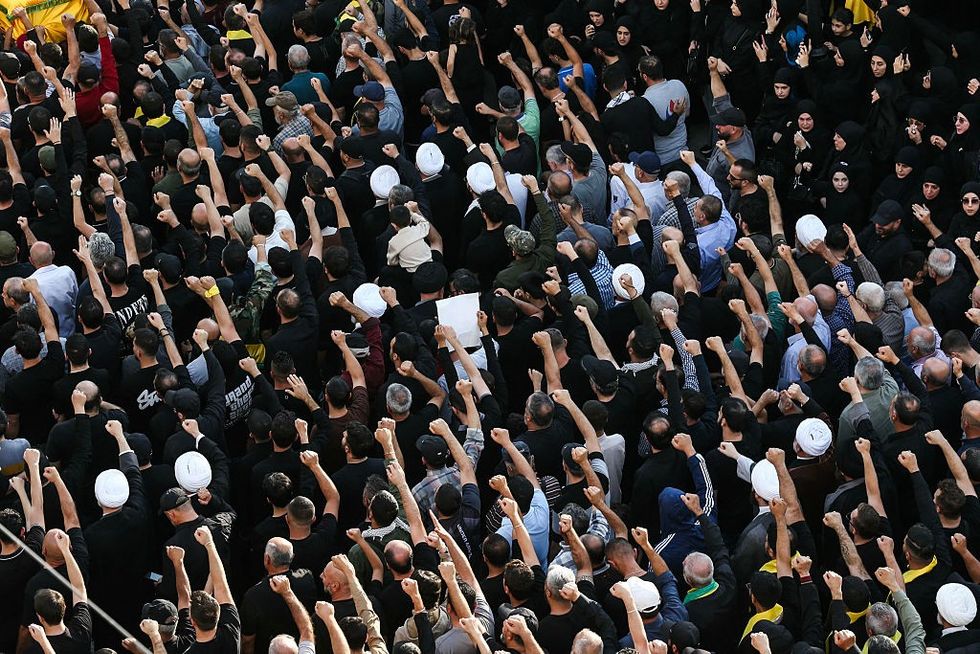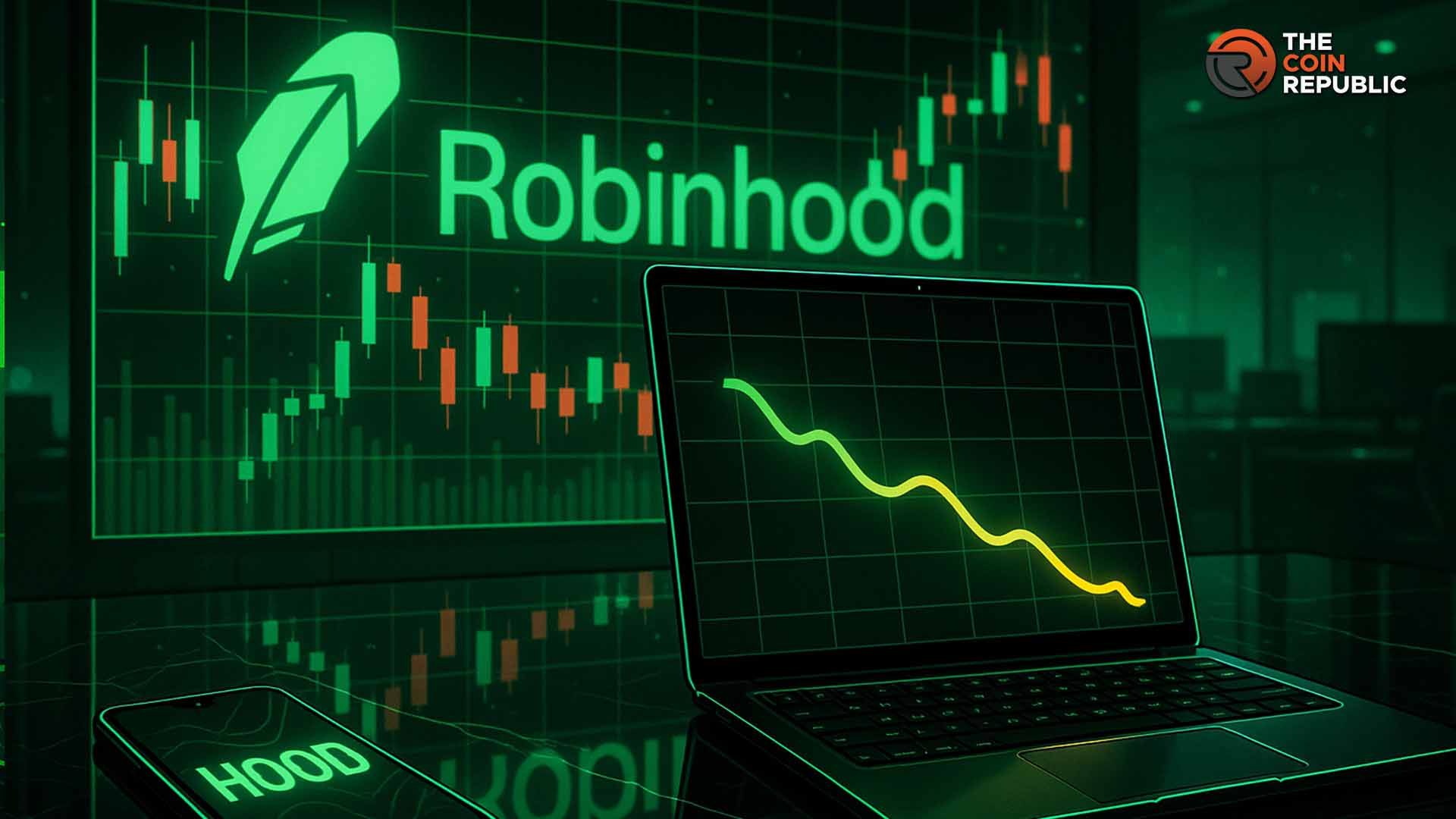DEEP DIVE Tucked deep into the cragged hills of southern Lebanon, Hezbollah, the once powerful Iranian-backed militia brought to its knees by a war with Israel, has spent the past year meticulously gouging its way back to relevancy. For Western and Israeli security forces, the designated terrorist group’s covert but influential resurgence establishes a precarious problem: a persistent, low-level threat that could instantly trigger a wider conflict, critically testing the resilience of any ceasefires and the existing, fragile statehood. Financial Lifelines and SanctionsThe November 5 announcement from the U. S. Treasury’s Office of Foreign Assets Control (OFAC) targeted key elements of Hezbollah’s financial network. These funds, exploiting Lebanon’s cash-heavy, regulation-light economy, bankrolled everything from paramilitary salaries to the reconstruction of terror infrastructure battered by Israeli strikes. Under Secretary of the Treasury for Terrorism and Financial Intelligence, John Hurley, didn’t mince words: For Lebanon to emerge “free, prosperous, and secure,” Hezbollah must be “fully disarmed and cut off from Iran’s funding and control.”Matthew Levitt, a senior fellow and director of the counterterrorism and intelligence program at The Washington Institute for Near East Policy, and a former counterterrorism intelligence analyst for the FBI, points out that despite sanctions, Iran’s financial backing is pivotal to Hezbollah’s survival and operational reach.“We assume Iran still provides about the same amount of money, but Hezbollah is having a harder time getting it through on a timely basis. They can’t just ship it from Iran or Iraq anymore without inspections, so they rely more on diaspora networks in South America and Africa,” he tells The Cipher Brief. “All of this is against the backdrop of severe setbacks. Hezbollah intends to continue positioning itself to not only fight militarily but also assert an oversized, dominant position within Lebanon by virtue of force.”A Battered Front, But Not BrokenThe Israel-Hezbollah war, which ignited in 2023 alongside the war in Gaza, decimated the organization’s leadership, weapons arsenal, and fighting ranks, with more than 3, 000 of its fighters killed. The decapitation strikes were surgical: On September 27 last year, an Israeli airstrike flattened Hezbollah’s Beirut headquarters, killing Secretary-General Hassan Nasrallah, the group’s iron-fisted architect of asymmetric warfare. In the ensuing ground incursion, Israeli forces dismantled border launch sites and command bunkers, leaving Hezbollah’s Radwan Force, the elite unit tasked with infiltrating Galilee, reeling. Yet, as analysts caution, Hezbollah is battered but not broken. A number of its battle-hardened fighters, who cut their teeth supporting the Assad regime in Syria, are now integrating into civilian life, ready to rearm at any time. Furthermore, the group’s Shia base, which comprises roughly 31 percent of the Lebanese population, remains loyal to Hezbollah, upheld by its wide-reaching welfare networks amid a country grappling with a crumbling economy. These moves indicate that Hezbollah’s military recovery is already well underway.“Hezbollah is giving much more attention than before the war to its Badr Unit, positioned north of the Litani River, and strengthening it with Radwan forces,” Sarít Zehavi, senior researcher at the Alma Research and Educational Center, tells The Cipher Brief. “They are also shifting from smuggling to local manufacturing of drones and missiles. Even though some brigades are not yet redeployed to the border, they continue training and rebuilding capabilities.”The Badr Unit, a key element of Hezbollah’s northern forces, has become the group’s tactical spearhead along the Litani River and near the Israeli border. Tasked with reconnaissance, border infiltration, and rapid response, the unit has been reinforced with Radwan-trained fighters and advanced drone capabilities. Badr is central to Hezbollah’s evolving doctrine of “strategic latency,” maintaining a persistent threat without provoking full-scale war, and acts as a bridge between conventional militia operations and the group’s clandestine drone and cyber activities. Moreover, Lebanon’s political deadlock increases the risk that Hezbollah will maintain its military dominance. The Beirut government, assembled hastily earlier this year under President Joseph Aoun, is characterized as the least Hezbollah-affiliated in years, with a focus on reclaiming national independence from the dominant insurgents. There is, however, significant skepticism about how such a push is enforced. Hezbollah continues to rebuff key appointments, and its diminished but growing stockpile, estimated at 20, 000 remaining rockets, hangs over Beirut’s ambitions. This hybrid threat presents a national security nightmare for Washington: a non-state actor wielding state power, rendering diplomacy incredibly difficult. Need a daily dose of reality on national and global security issues? Subscriber to The Cipher Brief’s Nightcap newsletter, delivering expert insights on today’s events right to your inbox. Sign up for free today. Iran’s Evolving Logistical PipelinesTehran’s shadow looms largest. The IRGC-Quds Force, Hezbollah’s ideological leader since 1982, has poured over $1 billion into the group this year alone, per Treasury disclosures despite layered U. S. sanctions biting into Iran’s oil exports. However, a source familiar with the U. S. Office of Foreign Assets Control told The Cipher Brief on background that tracking Iran’s funds has become increasingly challenging in recent months.“The Treasury and State Departments need more resources to track violations, and the government shutdown left many investigators sidelined,” the source observed. “Congress can help by requiring reports on Iranian weapons shipments and funding enforcement teams.”The Iranian cash flows through hawala networks and Beirut’s labyrinthine exchange houses, where operatives like Jaber convert petrodollars into untraceable Lebanese pounds. It’s a masterclass in sanctions evasion: Iran’s regime, squeezed by domestic protests and a rial in freefall, prioritizes its “Axis of Resistance” over breadlines at home.“Assad’s downfall severely crimped Hezbollah’s pipeline from Tehran, but even so, Hezbollah and Iran remain adept at exploiting fragile states. Beirut and Damascus show some interest in interdiction. Still, both are weak governments, and they have other priorities,” Jonathan Ruhe, Director of Foreign Policy at the JINSA Gemunder Center for Defense & Strategy, tells The Cipher Brief. “Iran also exploits power vacuums in Sudan and Libya to resupply Hezbollah from the sea, using surreptitious maritime tactics like Iran’s sanctions-busting ‘shadow fleets.’”Post-war Syria has forced Tehran to improvise. The once-feared land bridge stretching from Iran through Iraq and Syria to Lebanon has been battered by Israeli airstrikes and rebel attacks, yet parts of it still survive. To bolster its Middle East proxy, the Iranian regime has upped its use of maritime routes. Iranian cargo ships dock at Syria’s Tartus port under civilian manifests, offloading drone kits and rocket fuel disguised as fertilizer. Trucks then traverse the unguarded border into Lebanon’s Qalamoun Mountains, often chaperoned by IRGC advisors. Domestically, however, Hezbollah is reducing reliance on imports. Clandestine factories in Beirut’s Dahiyeh suburbs and Bekaa orchards churn out refurbished Kornet anti-tank missiles and Ababil drones from scavenged parts. There is a reported network of 50-plus workshops, some powered by smuggled Chinese microchips, slashing reliance on vulnerable sea lanes. Despite its own economic ailments, Tehran continues to give precedence to Hezbollah’s position as a frontline deterrent over short-term financial stability. Rebuilding the Arsenal: From Ashes to DronesIsraeli assessments estimate Hezbollah has reclaimed just 20 percent of its pre-war precision arsenal, but what emerges is nimbler and deadlier in specific domains. Drones top the list: low-cost Shahed-136 clones, assembled from Iranian blueprints and Syrian-sourced engines, can loiter over Galilee for hours, scouting IDF positions or delivering 50 kg (110pounds) warheads. Short-range Fajr-5 rockets, concealable in olive groves, are proliferating under civilian camouflage mosques, schools, even UNIFIL outposts. Smuggling remains vital. Iran’s military equipment, including advanced components for precision-guided missiles (PGMs), is first transported into Syria using an array of methods designed to evade international scrutiny. Non-descript convoys then travel from Syria’s Homs City to the border city of Al-Qusayr near Lebanon. The Syrian-Lebanese border in the Homs/Al-Qusayr area is porous, mountainous, and complex to police. Over the course of this year, Israel has conducted more than 40 strikes intercepting shipments near the southern coast of the city of Tyre. Yet the cat-and-mouse game favors smugglers. Private companies, fronts for IRGC logistics, reportedly run nighttime operations mixing weapons with sacks of flour labeled as aid.“Even before October 7, Hezbollah tried to make precision munitions with Iranian help,” Ruhe noted. “Tehran is now redoubling these efforts. For all Israel’s successes over the last two years, it struggled to wage a multifront war of attrition, and it struggled to defeat Hezbollah’s drones. Hezbollah and Iran want to exploit this exact weakness by being able to oversaturate Israeli defenses with mass drone swarms, similar to what Iran helps Russia do against Ukraine.”Indeed, Hezbollah’s rebuilding of its ranks is quieter but no less strategic. After losing an estimated 5, 000 to 7, 000 fighters, the group now runs “resistance summer camps” in the Litani Valley, teaching teenagers bomb-making and cyber tactics under the guise of community service. Morale has waned, but ideology endures: recruits draw strength from chants of Nasrallah’s martyrdom. Are you Subscribed to The Cipher Brief’s Digital Channel on YouTube? There is no better place to get clear perspectives from deeply experienced national security experts. The Long Game: Shadows on the Northern BorderFor Israel, the situation is a high-stakes strategic battle. Prime Minister Netanyahu’s cabinet has stepped up its drone strikes into Lebanon in recent weeks, and preemptive raids to enforce ceasefire arms restrictions are not off the table. Nonetheless, Hezbollah leaders in November rejected talks, and in an official letter to the Lebanese government, insisted that “any attempt at political negotiations with Israel does not serve Lebanon’s national interest.” The statement both rallies supporters and signals Tehran’s firm stance. Iran’s approach is one of “strategic latency” maintaining a constant, restrained threat to deter Israel without triggering all-out war. The United States also has global interests at risk. Hezbollah’s networks extend into Latin America and Africa, where they help launder money through drug and diamond trades. Those funds could support operations that reach U. S. soil. Washington’s current strategy including a $230 million-plus aid package to Lebanon tied to reforms aims to cut off Hezbollah’s financial base. This fragile financial and operational landscape underscores that, despite international efforts, Hezbollah’s on-the-ground capabilities remain resilient and difficult to fully contain. A spokesperson for the U. S. Department of State tells The Cipher Brief that while “the Government of Lebanon made a courageous and historic decision to restore state authority by ordering the disarming of Hezbollah and establishing the Lebanese Armed Forces and Internal Security Forces as the legitimate forces for Lebanon, the credibility of Lebanon’s government rests on its ability to transform words into action.”“The region and world are watching carefully,” the spokesperson continued. “Disarming Hezbollah and other non-state actors, as well as ending Iran’s proxy activities, is crucial to ensuring peace in Lebanon and across the region. The United States of America commends the Government of Lebanon’s efforts to ensure Lebanon is sovereign, peaceful, prosperous, and safe for all Lebanese people.”Zehavi also pointed to the gap between hopes for disarmament and reality.“The Lebanese Army is not entering villages and into the private properties where Hezbollah is actually hiding its weapons down,” she explained. “If this continues this way, and it looks like this is where it is going, what we will see is a very unstable situation.”Lebanon, however, may face the most direct consequences. Hezbollah functions as both a militia and a provider of social services. Several of its clinics are also used as bunkers, and Tehran-financed roads routinely lead to new depots and launch locations. As Zehavi highlights, Hezbollah is rebuilding on two fronts: strengthening its military infrastructure while expanding civilian programs to maintain local support. The organization, experts say, is not right now preparing for a major offensive but focuses on smaller, ongoing operations perhaps cyberattacks on Haifa’s ports, sniper fire along the border, and drone swarms testing Israel’s defenses. Iran’s proxy strategy remains intact despite sanctions and setbacks. Yet, according to Ruhe, if the United States, Europe, and Arab partners enforce UN sanctions on Iran’s rearming of Hezbollah and back Beirut, a better-than-status-quo scenario is possible.“(But) if Hezbollah and Iran believe Beirut is alone, and that Israel will be isolated for acting militarily, then it’s a matter of when not if Hezbollah recovers,” he continued. “And the more successfully it helps Hezbollah rebuild, the more likely Iran will test Israeli and U. S. resolve with its own rearmament.”For Western policymakers, the objectives are clear: disrupt Hezbollah’s finances, bolster Lebanon’s government, and limit the group’s military power. Otherwise, the risk grows of a wider northern conflict that could draw in larger powers. Read more expert-driven national security insights, perspective and analysis in The Cipher Brief because National Security is Everyone’s Business.






